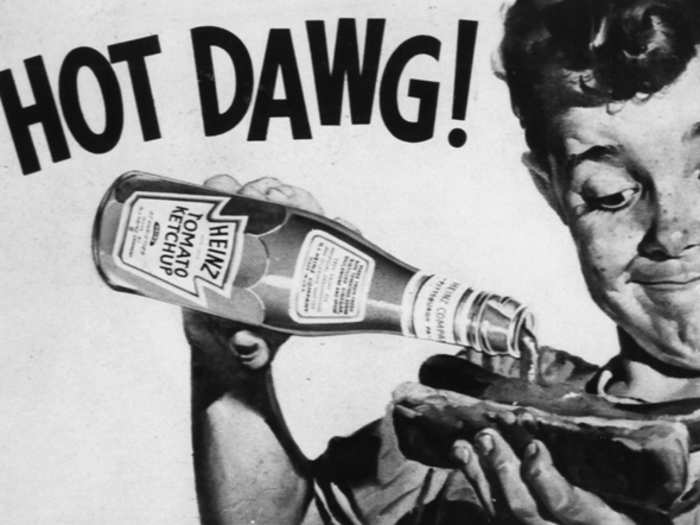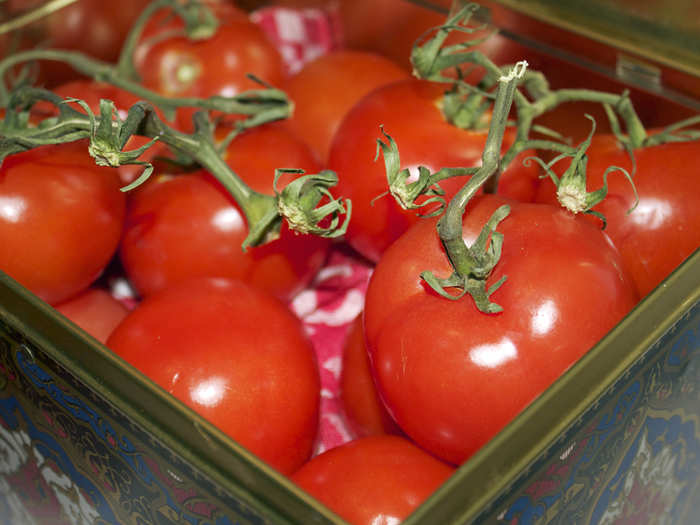- Home
- stock market
- How HJ Heinz Turned His Bankrupt Horseradish Business Into A Billion Dollar Ketchup Conglomerate
How HJ Heinz Turned His Bankrupt Horseradish Business Into A Billion Dollar Ketchup Conglomerate
Henry J. Heinz was one of eight children, born to parents who emigrated from Kallstadt, Germany to Pittsburgh, Pennsylvania.

When Heinz turned six, he began helping his mother with her garden (1850).

Source: Heinz
By age eight, Henry began selling goods to neighbors out of a basket he would carry around (1852).

Source: Heinz
When he was nine, Henry was grinding and making his own horseradish sauce — it was his mother's recipe (1853)
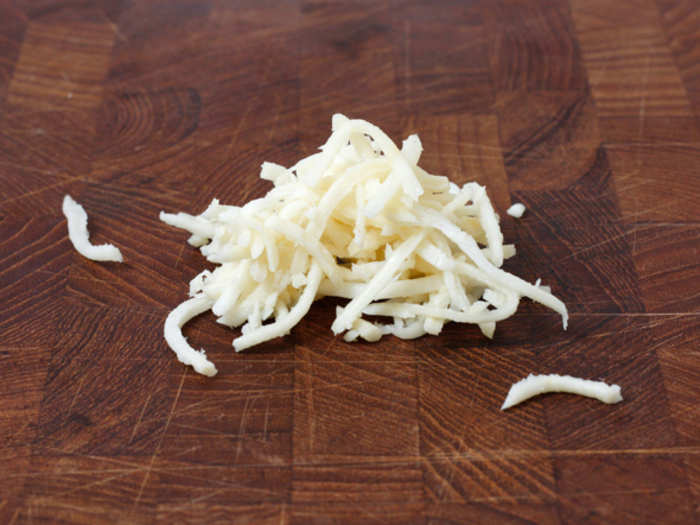
Source: Renegade Millionaire Blog
Demand was so strong, Heinz began to use a horse and cart to deliver his goods by age 12 (1856).
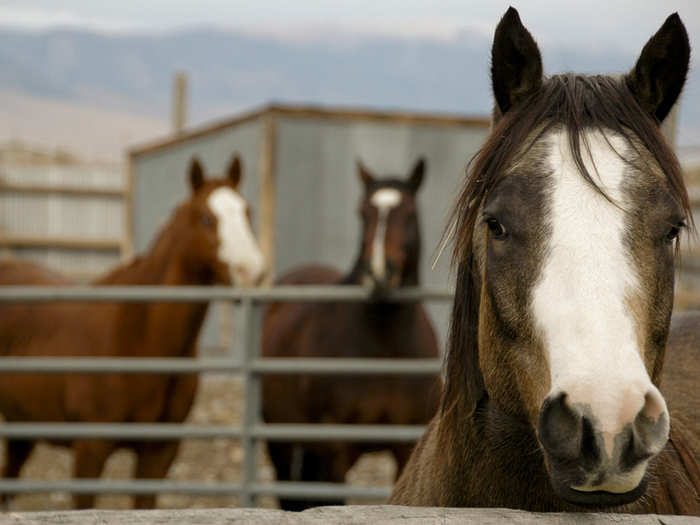
Source: Heinz
At 16, Heinz began making three weekly deliveries to Pittsburgh, Penn (1860).
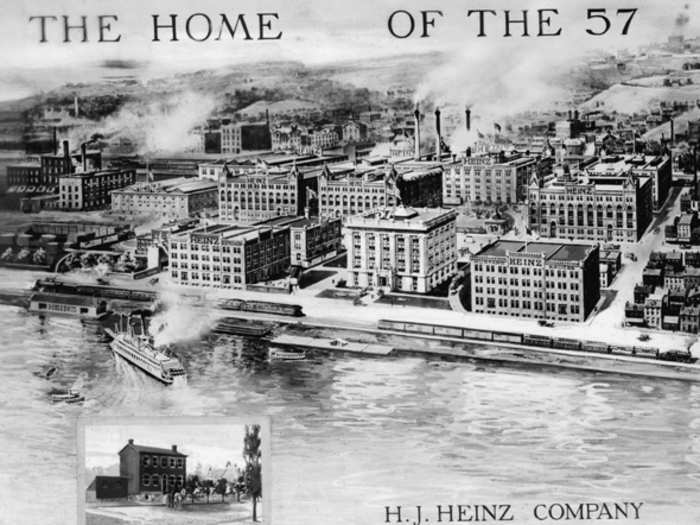
Source: Heinz
By the time he was 25, Heinz had formed his first company with a friend. It was named Heinz Noble & Company (1869)
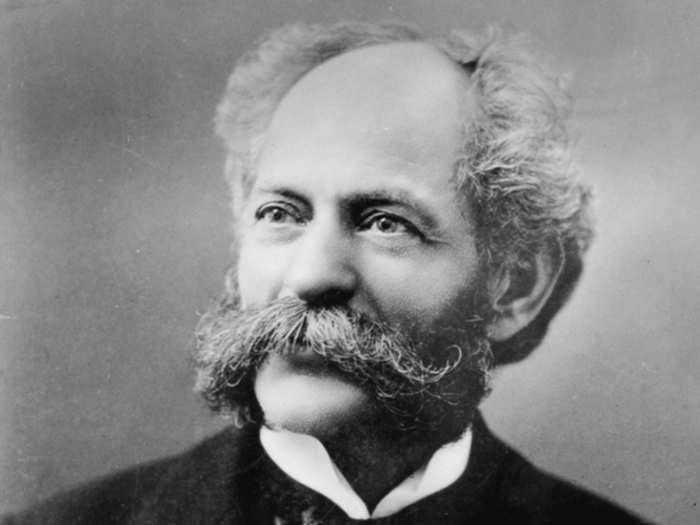
Source: Heinz
Their first product sold was horseradish (1869).
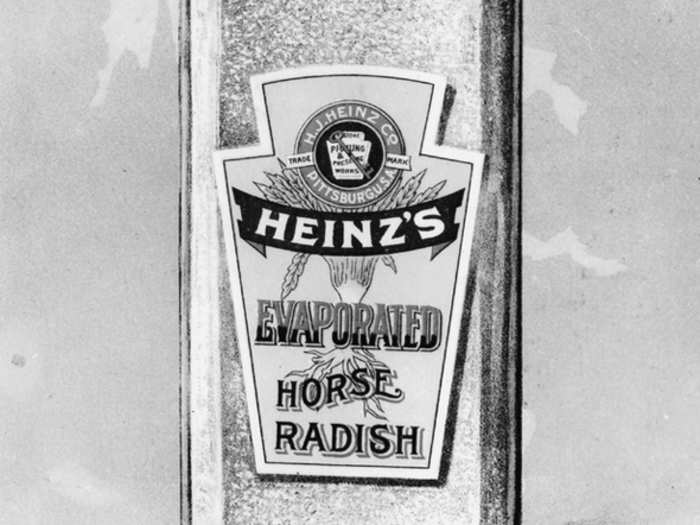
Source: Heinz
But in just a few years they went bankrupt and shut down. Heinz quickly formed a new business with his cousin, the F & J Heinz Co. (1875).
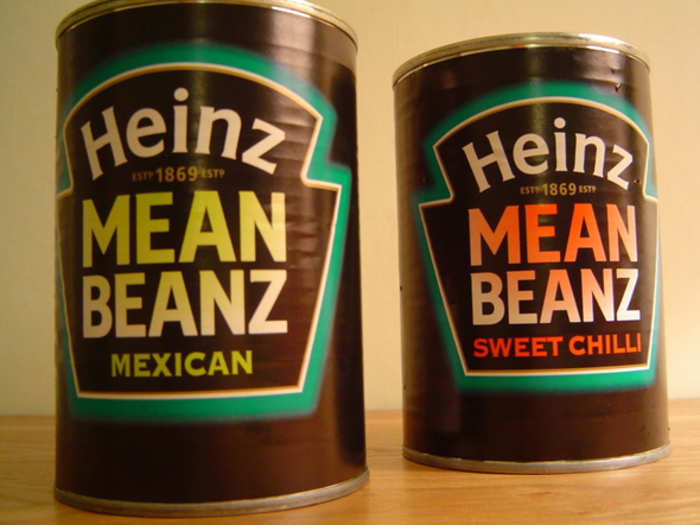
Source: Heinz
In 1888, Henry bought out his family members and launched a major factory along the Allegheny.

Source: JohnHeinzLegacy.org
In 1896 Heinz added the 57 to the bottle, after seeing a shoe store advertise 21 styles of shoes. Although he was selling more than 60 products at the time, Heinz thought 57 was lucky
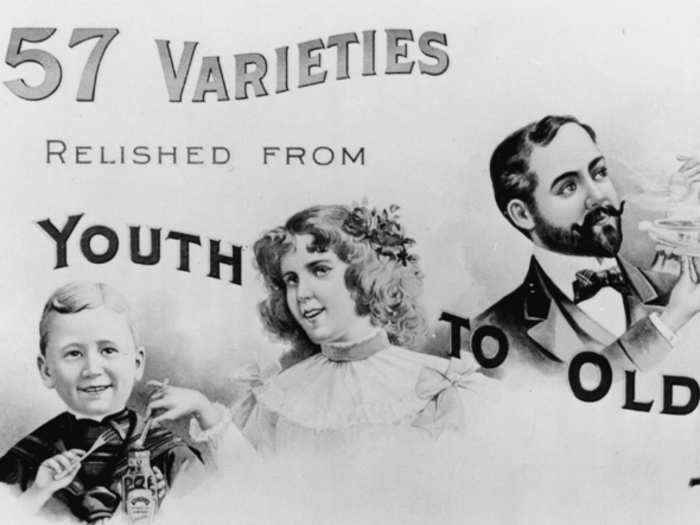
Source: Heinz
Today, Heinz sells more than 650 million bottles of ketchup every year, as well as baked beans and tomato sauce...
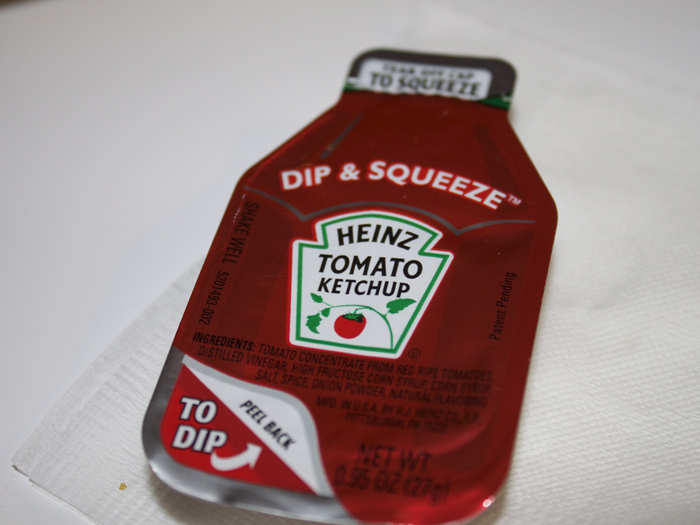
Source: Heinz
Since Henry's passing, two other Heinz men have run the company

William Johnson (pictured), is the company's sixth CEO (and only the third to not have a relation to the Heinz family). Source: Heinz
Bonus: Ketchup moves out of its glass bottles at .028 miles per hour, and if you hit the 57 it'll move faster
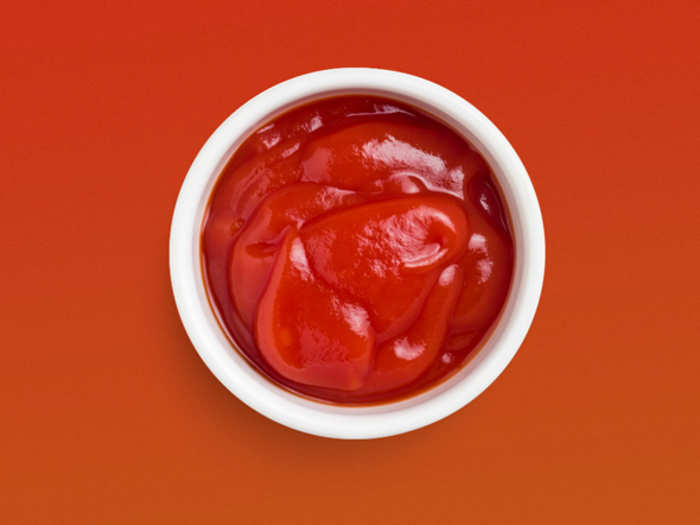
Source: Heinz
Now that you know everything about one empire...
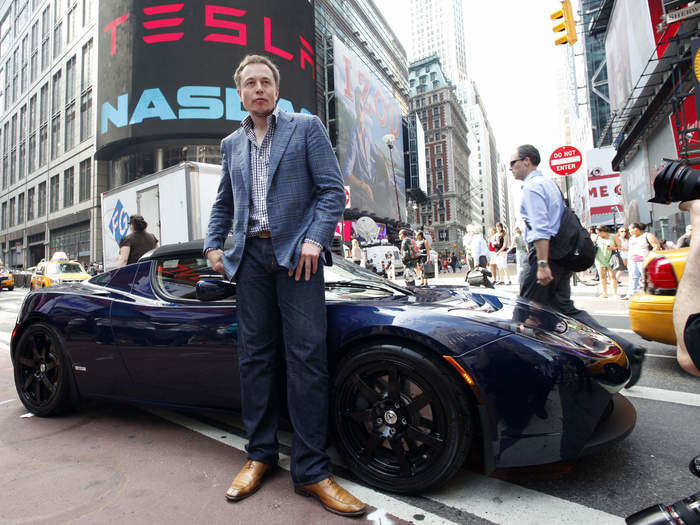
Popular Right Now
Advertisement
